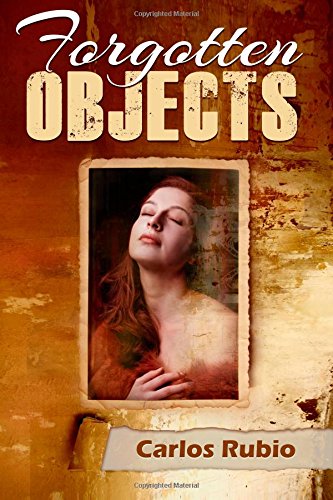Forgotten Objects
Rubio’s sumptuously detailed novel follows the life of Anne d’Amio, the daughter of opera singers Louis and Francesca d’Amio, and the story spans the bulk of the 20th century. It stretches from Anne’s departure from Mussolini’s Italy to her marriage to a wealthy Pittsburgh industrialist many years older than herself, to her widowhood and immigration to Cuba. There, she eventually marries a wealthy tobacco planter, only to watch their settled life torn apart by the island’s Communist revolution. With her husband dead and her prospects in Castro’s Cuba curtailed, she first sends her two children to foster homes in America, and then emigrates there herself, friendless and utterly adrift. “It is impossible to escape one’s destiny,” a character tells Anne early on, and Rubio’s long and ambitious narrative is a detailed piecing-together of what that destiny means for Anne and her children.
The book’s descriptions of its many historical settings – and the vivid sensory details Anne registers in her travels – are often quite powerfully done, and the historical research undergirding the whole story (including many aspects of Cuban history that will be unfamiliar to many readers) is well-handled throughout. A very solid novel.










